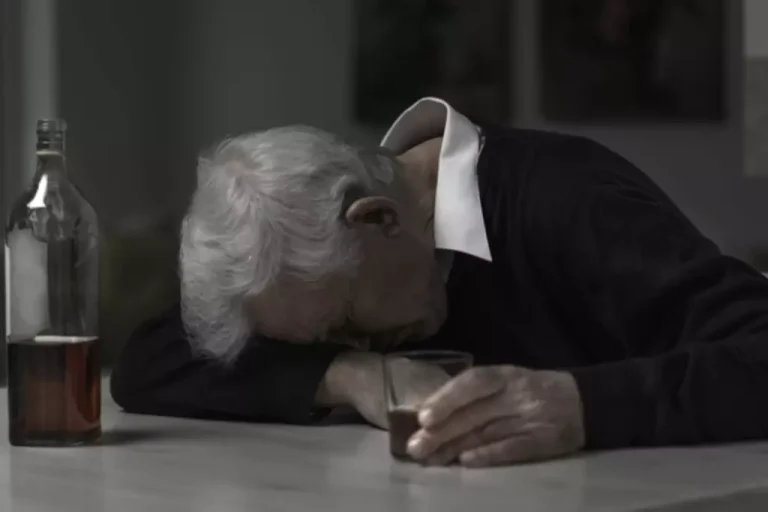
This comprises both studies that only enrolled males (nine studies, 21%) 24, 29, 30, 34, 46, 52, 55, 57, 58 and those enrolling both males and females but with higher male enrolments. Thirty-four (79.1%) of the studies we reviewed excluded participants with depression or psychotic disorders, or those taking an antidepressant or antipsychotic medication. Although the findings do not demonstrate that lisdexamfetamine lacks any potential for recreational abuse, they do indicate that its attractiveness to abusers will be reduced compared with IR d-amphetamine. Based on these data, the likelihood that lisdexamfetamine will be widely abused by the intravenous or nasal route is very low.

Clinical implications
Patients experiencing amphetamine toxicity thus often present with anorexia, dehydration, weight loss, and insomnia. Amphetamine Addiction Patients may be highly agitated, even to the point of risking the safety of healthcare staff and themselves. Patients should be asked what drug(s) they used, the route of administration they utilized, and the duration of their drug use.
- All outcomes were reported for the short term (4 weeks or 1 month), medium term (more than 4 weeks or 1 month to 12 weeks or 3 months), and long term (more than 3 months).
- Although in vitro experiments provide a good insight into individual mechanisms, the efficacy of amphetamine relative to other indirect monoamine agonists, for example classical reuptake inhibitors, can only be estimated from in vivo experiments.
- Few studies examined treatments for amphetamine withdrawal, although it is a common problem among amphetamine users.
- Misusing or taking amphetamines that your provider did not prescribe to you can cause dangerous side effects and could lead to addiction or death.
What Are Amphetamine’s Risk Factors for Addiction?
Two studies (Srisurapanont 1999b; Jittiwutikan 1997) used the Clinical Global Impression or CGI (Guy 1976) and one (Cruickshank 2008) used the Brief Symptom Inventory Global Severity Index sub scale or BSI‐GSI (Derogatis 1993) to measure global state. Cognitive-behavioral therapy (a form of psychotherapy) helps some people stay free of amphetamines. Addiction happens when you use amphetamines to get high or improve performance.
Cruickshank 2008 published and unpublished data
The addicting drug causes physical changes to some nerve cells (neurons) in your brain. Opioids are narcotic, painkilling drugs produced from opium or made synthetically. This class of drugs includes, among others, heroin, morphine, codeine, methadone, fentanyl and oxycodone.
- While Topiramate reduced the severity of dependence on MA 16, riluzole reduced MA craving, withdrawal, and depression 19.
- Recognizing symptoms of amphetamine toxicity, such as tachycardia, hypertension, and serotonin syndrome, while recognizing the limitations of relying solely on drug metabolite testing for diagnosis, is also explored.
- Dependence on amphetamines (AMPH) or methamphetamine (MA) is a growing global concern.
- Nearly a quarter of the reviewed studies had no female participants, and male sex made up over 70% of the population across all studies.
Srisurapanont 1999b published and unpublished data
In the case of IR d-amphetamine, its maximum subjective effect occurred much earlier than lisdexamfetamine, and switching to the intravenous route speeded up IR d-amphetamine’s onset of action and increased its potency. Although increasing the dose of lisdexamfetamine enhanced its efficacy, it also progressively delayed its time of peak effect. Furthermore, switching to the intravenous route for lisdexamfetamine appeared to have relatively little influence on the abuse potential of the prodrug.


In later years, local outbreaks of d-amphetamine abuse have occurred in various parts of the UK, often using locally synthesised d-amphetamine; again, this will have made doctors shy away from prescribing d-amphetamine lest it contributes to its misuse. In the USA, d-amphetamine-containing medications, especially MES-amphetamine, have been very widely used as treatments for ADHD. This fact, along with the perception that d-amphetamine is much safer than the more potent and enduring stimulant methamphetamine, which is now widely abused, has resulted in a more relaxed attitude of physicians in the USA to the prescribing of d-amphetamine. Luckily, for reasons that are obscure, the recreational abuse methamphetamine has never really caught on in Europe, and almost all illegal use of the amphetamines is confined to d-amphetamine as the sulphate salt. This systematic review revealed that participant engagement in treatment was high, abstinence from amphetamines was substantial and improvements in the social and health conditions of the participants were considerable.
- Prior psychiatric studies have found that GABAergic cortical dysfunction seems to relate to schizophrenia.
- In the Srisurapanont 1999b study, participants had to meet the additional criteria of having an Amphetamine Withdrawal Questionnaire (AWQ) score of 10 or higher.
In addition to medication, it can be helpful to provide psychosocial and/or behavioral treatments for stimulant abuse to assist the patient in amphetamine withdrawal in sustaining abstinence from amphetamine once their treatment is completed (Lee 2008). Following brief exposure to the treatment, the medication is discontinued regardless of response as there is no evidence to suggest a pharmacotherapy for amphetamine withdrawal would have efficacy for amphetamine abuse or dependence. The high prevalence (about 87%) of amphetamine withdrawal in amphetamine users (Cantwell 1998, Schuckit 1999) suggests that clinical trials of potential medications for the treatment of amphetamine withdrawal are needed. Additional clinical studies assessing the natural history of amphetamine withdrawal, the role these symptoms play in relapse to amphetamine use, as well as the validity and reliability of clinical measures to assess amphetamine withdrawal, are also needed.

Keith Heinzerling provided feedback on the data analysis and assisted in writing the discussion section. Comparison 1 Any pharmacological treatment versus Placebo, Outcome 4 Average score in craving. Three studies performed a last observation carried forward method of intent‐to‐treat analysis and one study had a drop out rate that was balanced across intervention groups. Of the four studies that met the inclusion criteria, two (Jittiwutikan 1997, Srisurapanont 1999b) were conducted at a drug dependence treatment center, one (Kongsakon 2005) at a probation facility, and one (Cruickshank 2008) in a public drug and alcohol outpatient clinic.
0 Comments